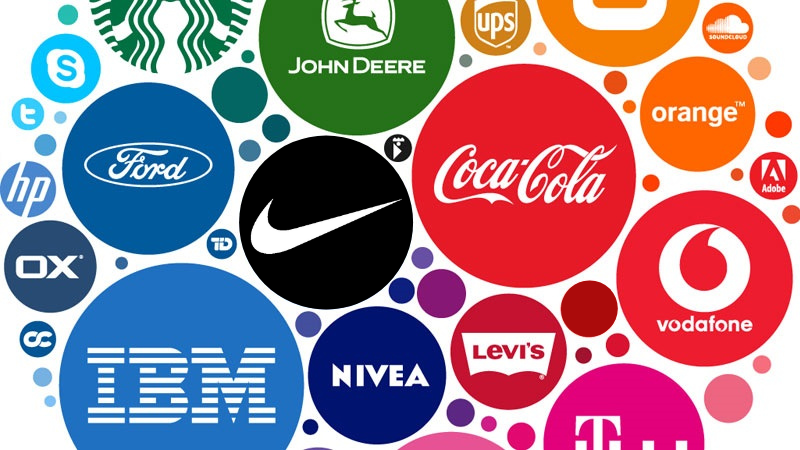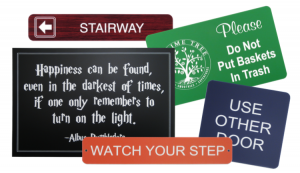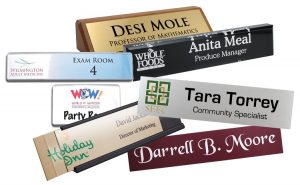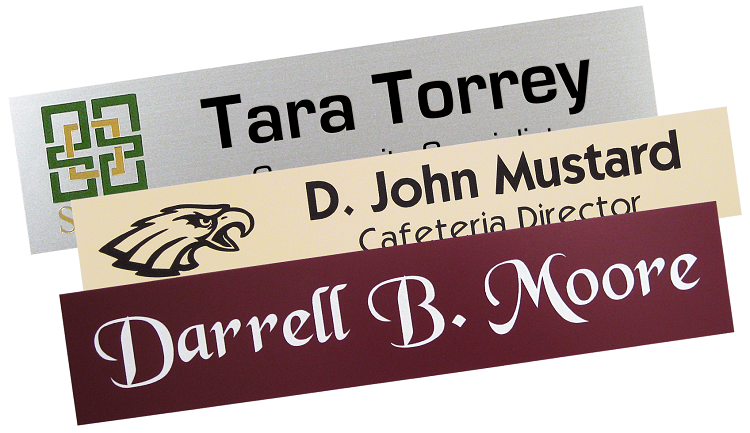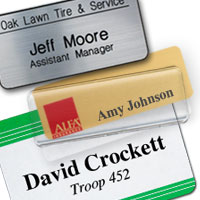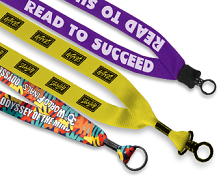Teachers are the most vital part of any educational system. So, there is no doubt that teachers are of great importance to student success. Without them, students can’t learn, and every system would fall apart. So making sure that teacher wellness is maintained should be central to every school’s operation.
A recent study showed that 77% of teachers said that “poor teacher mental health is having a detrimental impact on pupils’ progress. An overwhelming number of respondents, 94%, said that their energy levels in the classroom drop during periods of poor mental health, and 90% said that their teaching is less creative during these times. Many of the mental health issues were caused by excessive workload and constant work scrutiny.”
“The survey also revealed that a significant number of teachers, 81%, said poor mental health has a negative impact on the quality of their relationships with learners. The same percentage said it affected their behavior management skills, with teachers citing ‘lower levels of tolerance,’ ‘focusing on the negative’ and being ‘quick to anger.’”

So, we can see that teachers find it hard to communicate and educate students effectively when they feel drained. As with any job, mental wellness is important. Without a little focus on how a teacher is feeling, they can often face burnout or need to miss too many teaching days. Because of this stress, teachers are looking for ways to keep themselves going and continue helping their students.
So, why is teaching stressful?
From behavior problems to mandatory testing procedures, teachers don’t have a lot of time to influence students appropriately, let alone focus on their wellness. As such, teachers often face overlooked mental health issues and end up finding it hard to continue in their chosen career. Research has discovered that over a third of education professionals are expected to leave their job by the end of the year.
There is no question that teachers are crucial for student success. Most teachers and educators know the rewards that come from seeing classroom learning and student achievements. However, teaching is proven to be one of the most stressful and demanding occupations. Unwatched teacher wellness can turn into teacher strikes, shortages and high turnover rates. Research shows that up to 46% of teachers report high stress affects their daily life. This stress contributes to lower teaching performance and poor health.
One of the main reasons for teachers leaving the profession is the workload they are required to carry. Burnout often happens when a teacher doesn’t get a break from the complexity of their job. From exhaustion to feeling inadequate, this burnout is happening far too often. Teacher wellness needs to start becoming a priority for many educational systems.
So, what can teachers and administrators do to make sure good mental health becomes a priority?
Most companies will agree that a happy and healthy employee is one who can do their job and do it well. So, why not take a day to yourself every once in a while. It’s okay to take a mental wellness day. It will make it so that when you are at work, you are putting your best foot forward. And, that isn’t just for business, teachers need this advice too.
And, if larger corporations put in the effort to make sure their employees are finding balance, why not do this for teachers too? From adding zero gravity chairs to a break room to scheduling alone time during a busy school day, teachers need to be aware of their mental health.
There are many remedies for teacher burnout. From taking a mental health day to seeking out therapy, every teacher should find a way to take the necessary daily breaks. After all, teacher wellness encourages school growth and student success. As this English teacher points out, she has four go-to tips to help her unwind and find a way to power through tough days.
A Few Tips from Captain Awesome
1. Get out when you can.
If your school lets you leave during your planning period, do it. Grade papers at a coffee shop. Take a walk. If those aren’t options, just go to the library to do your planning. Anywhere away from your classroom will work. Because if you’re in your classroom, you know what will happen? The teacher across the hall will come in, sit on your newly-Lysoled tables, and start in with, “I don’t know why I even bother with Joselin …” And by the time she’s done, you won’t know either. But you’ll be in a bad mood third period because you spent all of your planning time listening to her instead of making your copies.
2. Do nice stuff for students.
Four kids in my first period had birthdays last week. One of them is a girl who’s really struggling. Under the auspices of celebrating “class birthdays,” we brought in breakfast, organized gifts, and threw a lunchtime birthday dance party. And that was enough to keep me going for the rest of the week.
3. Localize your own whining.
This one is tricky, but it’s essential for the final tip, which is the most effective one. Pick one person to whom you will complain about work. That is the only person you can go to when you’re feeling stressed about the negative school environment.
4. Be a ray of freakin’ sunshine.
This is my favorite. Refuse to participate in negative talk, especially about kids. When your colleague comes in, flops into a seat, sighs heavily and groans, don’t commiserate. Make your response as over the top as you can.

EXPERT TIP:
Have daily affirmations that you repeat to yourself as needed, but at least once a day.
These are especially helpful when students are difficult or you’re having a rough day.
We have all seen the studies that give findings that teaching is one of the most stressful occupations. However, these studies also find that helping teachers with classroom organization and individual needs will minimize the effect this stress causes. By supporting this type of communication, teachers find that their input can become invaluable.
And, by being able to give input and have an effect on what is taught in their school, teacher wellness becomes better. There will be fewer teacher sick days, and students will feel that their teachers can care about their success.
However, it is important to remember that not all teachers experience stress equally or for the same reasons. Nor will they respond the same to solutions proposed by their administrators. So make sure there are multiple game plans to help teacher wellness on individual levels. Whether it’s donuts in the break room for the weekly boost of sugar or a simple sit down one-on-one with a colleague, every teacher should feel that their wellness begins with the administration.
Teacher Wellness Solutions
Finding workshops and other programs for teachers is a great way to help reduce the stress put on teachers. Giving them an outlet to learn how to cope with day to day struggles will help every teacher’s well being. And by providing these opportunities, teachers are able to address their stress before it becomes overwhelming.
Cognitive behavioral therapy can help teachers in a one-on-one setting. This therapy educates individuals to observe their mood changes and how they affect daily interactions. By avoiding triggers, teachers can focus on student achievements and development.
Another solution for supporting teacher wellness is meditation. Give the teachers in your school a method to cope by providing a space for them to de-stress. Use those zero gravity chairs or relaxing music in a safe place so that teachers can unwind for negativity or other triggers they may experience throughout the school day.
Making Teacher Wellness a Priority at the Three Village School District
Rich Glasheen, a math teacher at Ward Melville High School on Long Island, New York, usually spends around 10 to 15 minutes, sitting in the zero-gravity chair, maybe drinking a cup of tea and reading while listening to calming music.
Special education teacher Katherine Jimenez is also partial to the zero-gravity chair, but she relaxes to the ambient sounds and images emanating from the 65-inch flat-screen television bolted to the wall. Alyssa Ward, who works in Ward Melville’s attendance office, likes to spend a little time in the oversized massage chair. Speech pathologist Kathryn Fenigstein found a recent “lunch and learn” session with a nutritionist particularly helpful.
Zero-gravity chairs, soothing music, aroma diffusers, yoga, visiting nutritionists. You might ask what kind of staff room is this?
Actually, it’s not any kind of staff room. This is “WellVille,” a wellness center designed for staff in the Three Village School District. Part of the district’s wellness program, WellVille is a reconfigured classroom inside Ward Melville High School. It’s open to all staff to help them de-stress and then walk back to their classrooms feeling rejuvenated.
“WellVille not only allows us to clear our mind from our daily challenges,” explains Jimenez. “It re-charges us with positive energy that we bring back to our students. I have become a much better teacher as a result, and I see how my students have benefited as well.”
District Superintendent Cheryl Pedisich didn’t hesitate to sign off on the project.
“We acknowledge the important correlation between wellness and job effectiveness and satisfaction,” Pedisich explains. “Providing the opportunity to decompress and participate in wellness activities and workshops is not only healthy but rejuvenating. Ultimately, our students benefit from educators who are happy, supported, and devoted to their profession.”
Finding Balance without Burnout
Most teachers, at some point, will experience burnout and worry about their wellness. But, that doesn’t mean burnout needs to define how teachers cope from day to day. There are many things they can do to make sure that their burnout is short lived. Using the above methods and techniques will help any teacher focus on their wellness goals.
From eating healthier to getting a good breath of fresh air twice a day, teacher wellness is important. After all, students are our future, and teachers are the ones making the most significant impact. So, they need to stay at the top of their game. They need to find that coveted balance between work and social life. And, they need to find internal zen that will help them remain confident in their abilities to teach.
So, take that teacher wellness day, and don’t feel bad about it. You work hard and you deserve the break. And, most importantly, those around you (especially students) will thank you for focusing on you so that you can focus more on them. Be proud of your talents and career and take a step forward by focusing on your wellness today.


